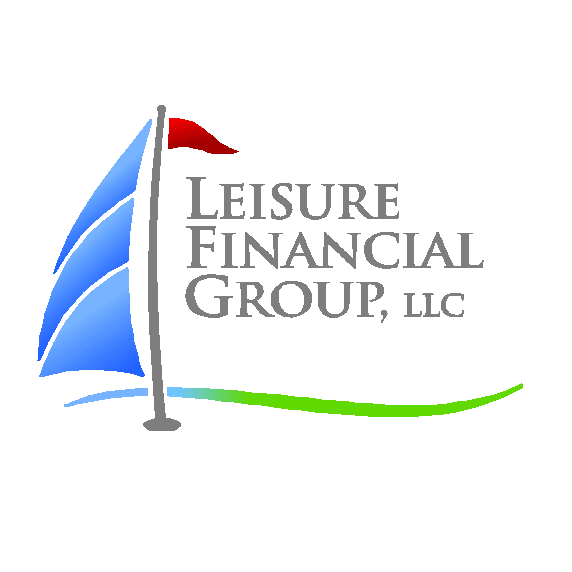For the 2023 marina investment report, the LIPG sat down with the Leisure Financial Group to discuss the lending environment for marina assets. Leisure Financial Group (LFG) is an experienced mortgage brokerage firm that structures, arranges, and services loans in the real estate industry. LFG is a recognized leader in specialty financing solutions for marinas, golf courses, and other recreational properties.
- What was the marina lending market been like over the last 12-24 months?
The lending market for marinas has been relatively strong and improving over the last 12-24 months. Good economic performance by marinas in many markets has helped to “persuade” more banks to consider making loans to the industry. While private debt groups and bridge lenders have been actively lending to marinas over the last 10-15 years, banks have taken a little longer to enter the space, but its occurring. This is good news for marina owners since banks often offer the best terms/rates for financing.
- What has the Fed been doing and how has this affected the marina debt market?
In 2022, the Fed pivoted from an “easing monetary policy” to a “tighter monetary policy” and has done so by dramatically raising interest rates. While rates are much higher than was seen in early 2022, by historical standards rates are not exceptionally high. The major negative impact to the markets has been the speed in which rates were raised – very rapidly.
- What effect does rising interest rates have on pricing of assets?
As interest rates rise, in particular the benchmark 10-year Treasury Rate, this generally has a downward effect on prices for assets. Lenders spent a considerable amount of time in the second half of 2022 reviewing the performance of their existing loans, and introduced “caution” in underwriting new loans. Marina loans were impacted most significantly in that higher rates are now being charged by lenders – but that is true for all asset types.
- What can we expect or prepare for in 2023?
2023 should see a slowing or stopping of Fed interest rate increases as inflation has started to decline significantly. 2023 should be a more stable period of rates and if a recession is going to occur due to the rapid rise in rates in 2022-23, expectations are that it will be mild. Since marinas are enjoying continued demand, despite higher interest rates, and inflation in dock/rack lease pricing, boat ownership trends appear to be continuing. This demand will allow marinas to operate successfully with higher interest rates, or during a mild recession.
- Sample range of conventional LTV, interest rate, amortization that can be expected today (terms will vary based on sponsor/location)?
While each loan decision is based on the specifics of a particular request, the range of many of the quotes that are seen recently are:
LTV: 50%-65% (conventional loans) – 65%-80% for SBA
Rates: floating at 5.75%-7.5% (some fixed rates are available)
Amortization: 20-25 years conventional loans – 25-30 for most SBA
- What is the process to apply to get a loan?
The loan process can be frustrating to most owners/buyers of marinas. The key to success is to have a clear checklist upfront of the requirements the lender has and then provide these items to the lender. Each lender will have an outline of what they need so if you are seeking a quote from several lenders to find the best rate/structure, this can be a lot of work.
The first step is to have a comprehensive outline of information regarding the marina and included detailed financial summaries. The second most important item to present to lenders is information regarding the borrower and the individual owners. Lenders want to see personal financial statements, tax returns, and credit reports. The third step is to work with the lender on ordering third party reports which include a lender ordered appraisal, a Phase 1 environmental report, and a property survey. Having a skilled attorney is another requirement to close a loan. The lender will have loan documents prepared by counsel and the borrower’s attorney should be used to review these and to help negotiate language and structures as the borrower directs.
- How long does the process typically take to get approved for a loan?
Generally, the loan process with a conventional bank loan or an SBA loan takes between 60 and 120 days. The process can move faster, but appraisals and surveys often take a few weeks to complete.
- Types of loans and what are the advantages?
Bridge Loans: Are used by borrowers in a hurry that need to close on a purchase fast – often within 30-45 days. These loans are generally made by private debt groups that may not require an appraisal and will make underwriting decisions quickly. Bridge loans generally have significantly higher interest rates, higher loan to value ratios and have loan terms of 1-2 years, instead of 5 – 10 years for conventional loans.
Bank Loans: Are also called conventional loans. These loans are made by large and small banks that often offer the lowest rates and longer loan terms extending 5-10 years. Bank loans can be helpful as they establish a depository relationship with a lender and that banks can see how successful an owner is at the business. This “relationship” often helps smooth the way for future loans.
SBA Loans: SBA loans are a loan product that helps to support banks/lenders to provide loans to small businesses. The SBA loans are made through banks where the bank underwrites and approves the loan using SBA guidelines and the SBA provides the lender with as much as a 90% loan guarantee. The benefit of an SBA loan is that they can be fully amortizing, so no need to refinance and can extend for 20-30 years. Rates can be competitive with conventional loans as well. SBA loans do have strict limits on how much SBA debt an investor/owner can have so they may not be appropriate for larger operations.

